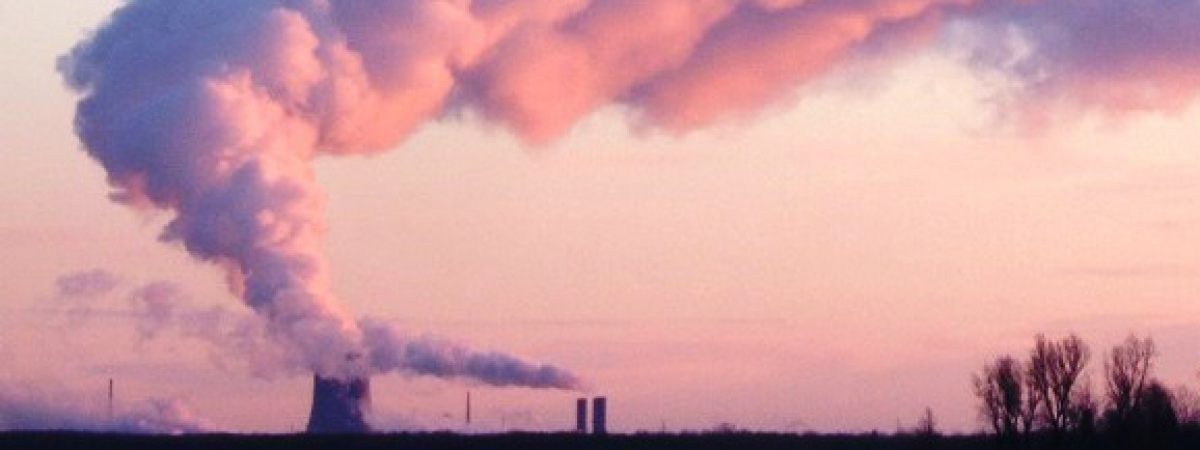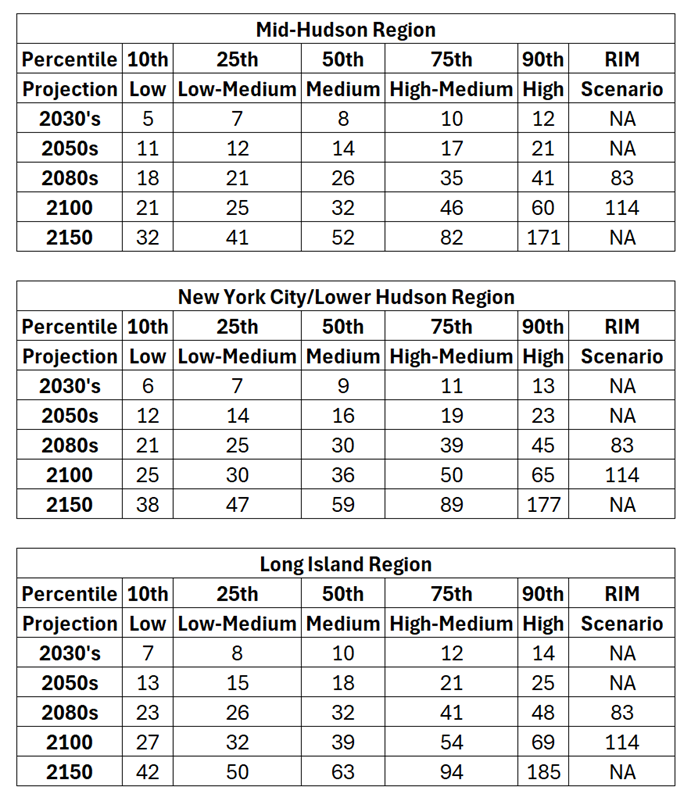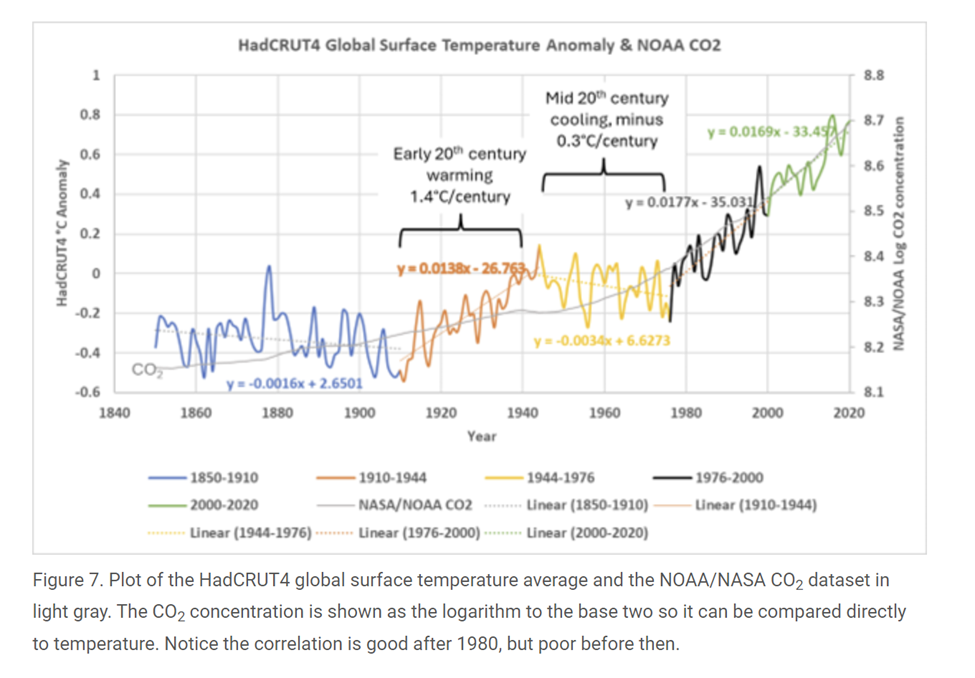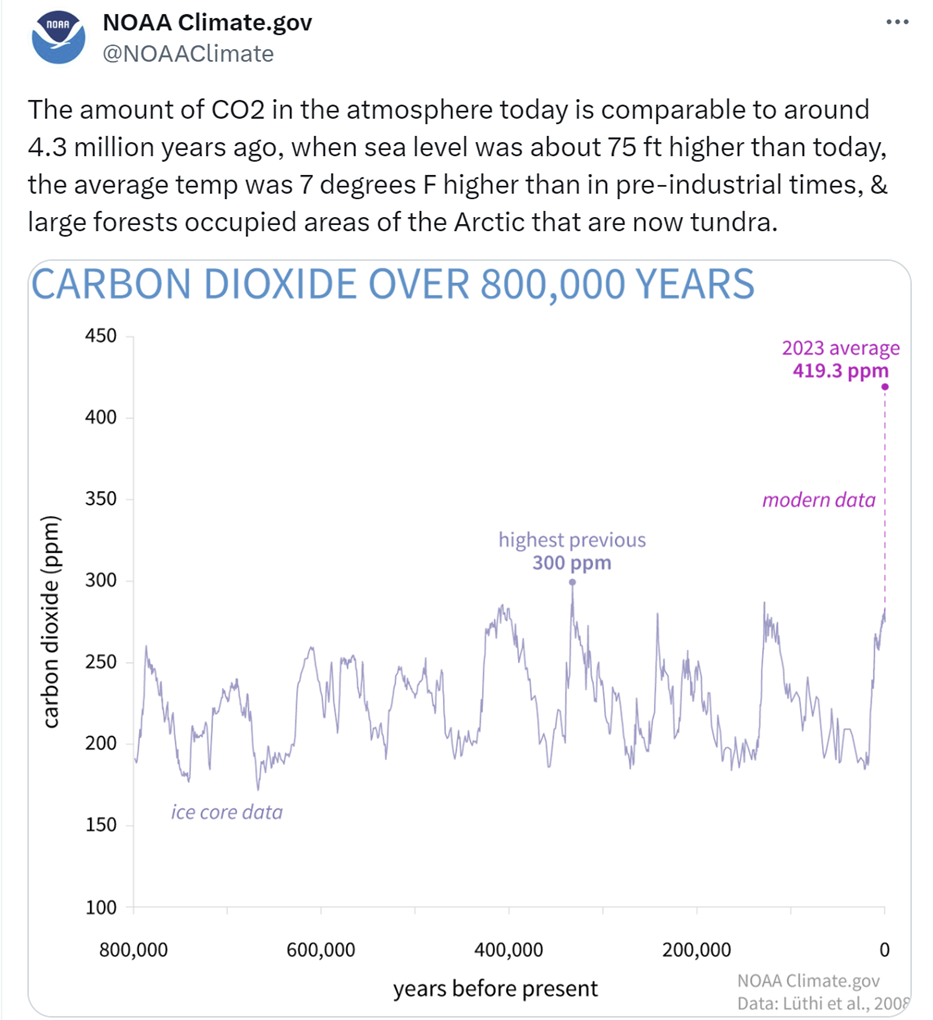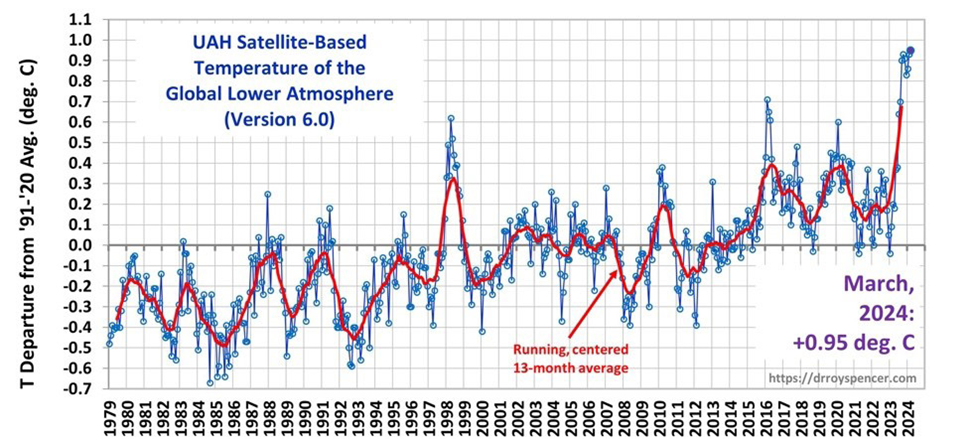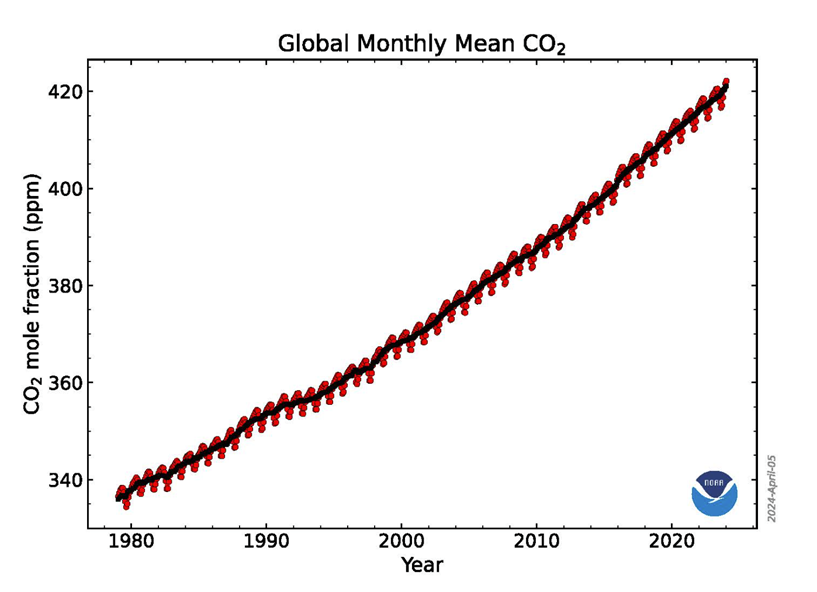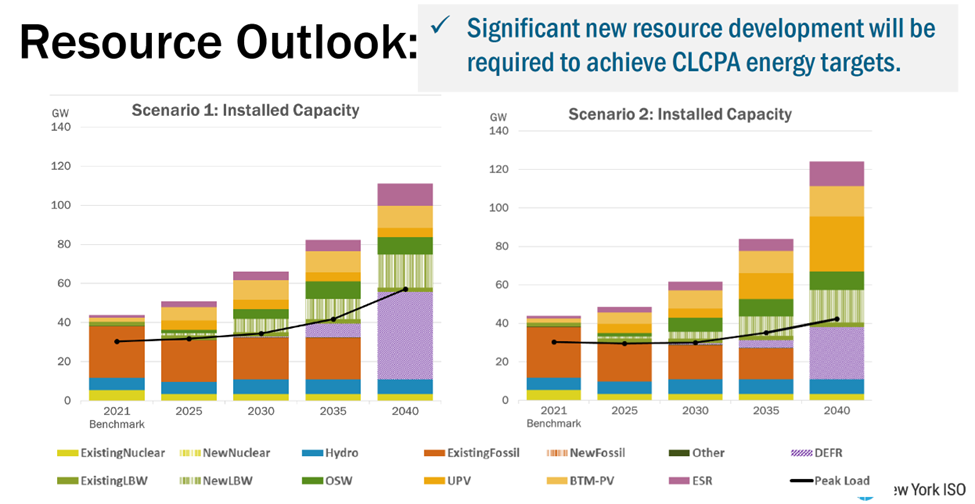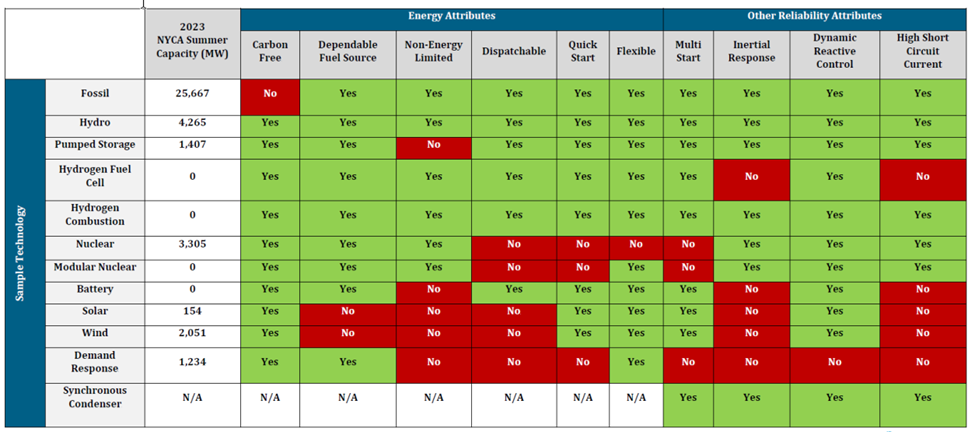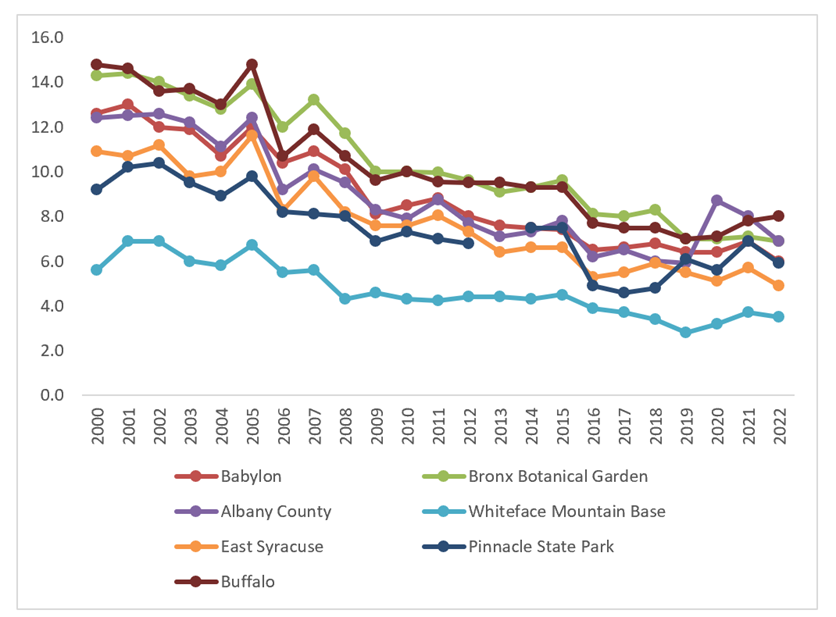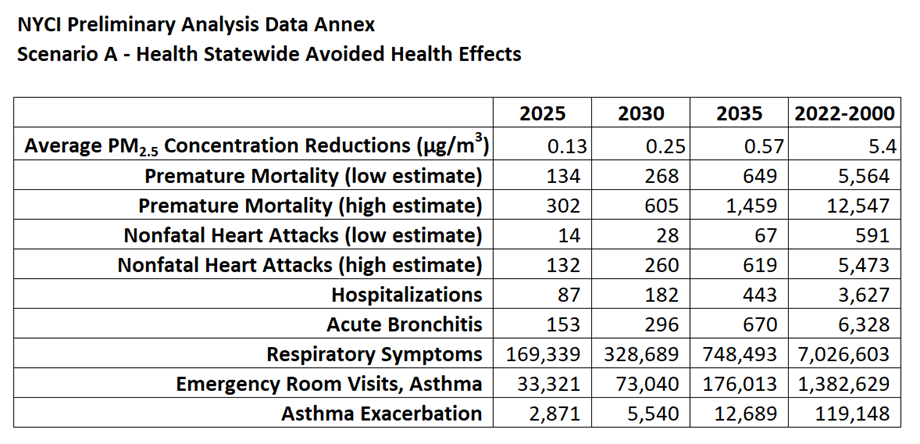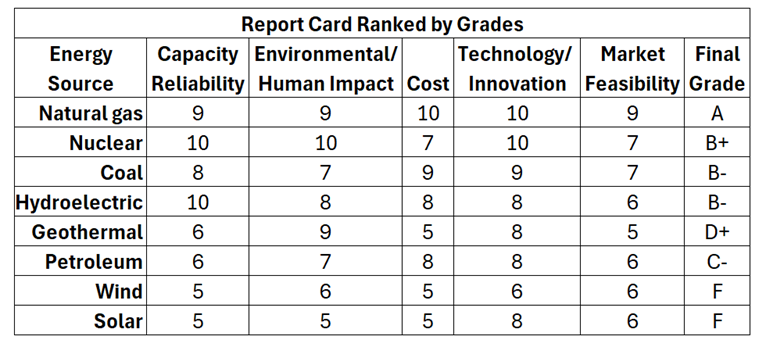The lead to the Natural Resources Defense Council (NRDC) blog post Separating Fact from Fiction: Setting the Record Straight on New York’s Climate Law states “Don’t be fooled by the fossil-fueled campaigns to delay climate progress. The Climate Leadership and Community Protection Act is New York State’s chance for a cleaner, healthier future.” It goes on to refute four claims allegedly pushed by fossil fuel industry. I am only going to respond to one of the responses.
I have followed the Climate Leadership & Community Protection Act (CLCPA) since it was first proposed, submitted comments on the CLCPA implementation plan, and have written over 400 articles about New York’s net-zero transition. I am convinced that the CLCPA will adversely affect affordability, reliability, and that the environmental impacts of the proposed transition are greater than the possible impacts of climate change. The opinions expressed in this post do not reflect the position of any of my previous employers or any other organization I have been associated with, these comments are mine alone.
Overview
The CLCPA established a New York “Net Zero” target (85% reduction in GHG emissions and 15% offset of emissions) by 2050. It includes an interim 2030 reduction target of a 40% reduction by 2030 and a requirement that all electricity generated be “zero-emissions” by 2040. The CLCPAion Council (CAC) was responsible for preparing the Scoping Plan that outlines how to “achieve the State’s bold clean energy and climate agenda.” In brief, that plan is to electrify everything possible using zero-emissions electricity. The Integration Analysis prepared by the New York State Energy Research and Development Authority (NYSERDA) and its consultants quantifies the impact of the electrification strategies. That material was used to develop the Draft Scoping Plan outline of strategies. After a year-long review, the Scoping Plan was finalized at the end of 2022. In 2023 the Scoping Plan recommendations were supposed to be implemented through regulation, PSC orders, and legislation.
The NRDC blog post describes the Scoping Plan framework as “pathways for a planned and orderly transition to a clean, resilient energy future.” The Scoping Plan is just a list of potential control strategies that when combined are supposed to meet the CLCPA mandates. A feasibility analysis has never been completed to show that the list of strategies is practical. Furthermore, transparent accounting for the costs of the transition have not been provided and the Cumulative Environmental Impact Assessment has not been updated to account for the Scoping Plan estimates of the wind, solar, and energy storage resources needed.
NRDC Setting the Record Straight
The blog post Separating Fact from Fiction: Setting the Record Straight on New York’s Climate Law includes responses to four claims:
- The CLCPA will result in higher energy costs for ratepayers because it is costly to implement.
- The CLCPA will reduce the reliability of energy delivered to homes and businesses.
- Your gas stove is going to be taken away from you.
- There will be an adverse impact on the state’s overall economic climate that will discourage new investments and job growth.
I am only going to address the response to the second claim that the CLCPA will “reduce reliability of energy delivered to homes and businesses”. The response to that claim states:
The framework outlined by the CLCPA-mandated Scoping Plan provides pathways for a planned and orderly transition to a clean, resilient energy future. The idea of a regenerative rather than an extractive economy strikes fear in the fossil fuel industry, which has been making record profits from recent price fluctuations and market volatility; in reality, reliability failures are often due to fossil-fueled superstorms and the historical lack of investment in our nation’s aging infrastructure. By contrast, homegrown renewable energy can and will be more resilient, more plentiful, and more cost-effective than finite oil and gas resources.
I will address each of these statements. The first sentence states “The framework outlined by the CLCPA-mandated Scoping Plan provides pathways for a planned and orderly transition to a clean, resilient energy future.” As noted previously there has never been a feasibility analysis to determine if the components of the Scoping Plan are practical. The Climate Action Council never resolved the discrepancy between the Council faction that believed that no new technology is needed for the transition and the experts responsible for the system that argued otherwise. A recent technical conference showed that the work of Prof. C. Lindsay Anderson, Chair of Department of Biological and Environmental Engineering Cornell; Zach Smith, VP System Resource Planning, New York Independent System Operator; and Kevin Steinberger, Director, Energy and Environmental Economics all found that a new resource that can be dispatched when needed, is firmly available, and has no emissions is needed. Technologies to meet this requirement are not commercially available at this time. Moreover, no jurisdiction anywhere has been able to convert their electric system to one that relies on wind, solar, and energy storage. Given the myriad technical issues that must be overcome to provide electricity when it is needed most, I think the most prudent course of action would be a demonstration project because the transition to the energy system mandated by the CLCPA would be unprecedented.
The second sentence unnecessarily questions the motivations of those who worry about reliability “The idea of a regenerative rather than an extractive economy strikes fear in the fossil fuel industry, which has been making record profits from recent price fluctuations and market volatility; in reality, reliability failures are often due to fossil-fueled superstorms and the historical lack of investment in our nation’s aging infrastructure.” The concern about profiting from price fluctuations and market volatility is naïve. When the electricity market is dominated by weather dependent generating resources the variability of wind and solar output will increase price fluctuations. The New York Independent System Operator will have to modify the electric market to address this volatility as they learn how this new aspect of the system affects prices. I have been involved with the weather-related impacts on the electric system for over 40 years and it has always been true that extreme weather has the greatest impact on system outages. A common theme throughout this blog post is that all weather events are necessarily related to climate change without acknowledging that extreme weather events exactly like those before the climate change would still have major impacts. Any increase in severity due to climate change is just a tweak and not the primary driver.
The final sentence got my attention: “By contrast, homegrown renewable energy can and will be more resilient, more plentiful, and more cost-effective than finite oil and gas resources.” I wondered how the author managed to claim that extreme weather will have more of an effect on today’s generators in weather proof buildings than the exposed wind turbines and solar panels. The more resilient reference was to the Babcock Ranch a Florida “solar town” that fared well during recent hurricanes. The article claims the town came out of Hurricane Ian “almost unscathed and notes that one resident says they survived ‘by design.’ Florida Power and Light is proud of the Babcock Ranch solar system:
Babcock Ranch’s clean energy efforts were taken to the next level when FPL created the largest solar-plus-storage system operating in the U.S. today. Each of the ten large gray steel battery storage units at the FPL Babcock Ranch Solar Energy Center can store 1 megawatt of power and discharge for 4 hours. The adjacent 440 acres with 330,000 solar panels can generate up to 74.5 megawatts of power. Currently the solar installation generates more power than the town needs, so the surplus goes into the electric power grid. The new battery storage system ensures a steady output of power even on partly cloudy days.
There are two resiliency features that matter: Babcock Ranch was built 30 feet above sea level and all power lines are buried underground to keep them safe from strong winds. New York’s net zero transition does not include buried power lines. The Babcock Ranch website refutes the claim that “homegrown renewable energy can and will be more resilient”:
Electric power always flows from the nearest generation, so during the day the town will use energy from the FPL Babcock Ranch Solar Energy Center. When the sun goes down and the solar plant is not generating energy, Babcock Ranch will pull electricity off the grid from the closest FPL natural-gas power plant.
Babcock Ranch is not clean energy self-sufficient as the Climate Act envisions the entire state will be. The NRDC response also claims that renewable energy is more plentiful and more cost-effective than finite oil and gas resources. It may be true that solar and wind energy is free but harvesting those resources, storing them for when they will be needed during an extended period of light winds in the winter when solar resources are low is an extraordinary challenge that requires the new resource described above. Like all the Green Energy solutions advocated by the NRDC, wind and solar may work well most of the time but when you really need them, they don’t work at all. The concern about finite oil and gas resources ignores the value of their storable concentrated energy and whether running out is a concern in the foreseeable future.
Conclusion
I believe I have shown that the NRDC fact-check claims that the CLCPA energy transition does not threaten reliability are invalid. Ignoring the mounting evidence that this may be an insurmountable challenge is not in the best interest of New Yorkers. At a minimum, CLCPA implementation should be delayed until we are sure that we can afford the CLCPA mandates, prove that the transition will not adversely affect reliability, and understand all the cumulative environmental impacts.
As is typical, whenever someone is screaming about misinformation it usually means that they are guilty of that charge. In addition, trying to respond to this tripe takes an order of magnitude more work to respond. Finally, whenever I make the effort to check the numbers I find the alarmists have their thumbs on the scale and are peddling a narrative to support their livelihoods. I only wish that they could be held accountable when reality slaps their aspirational net-zero transition dreams back to earth.
